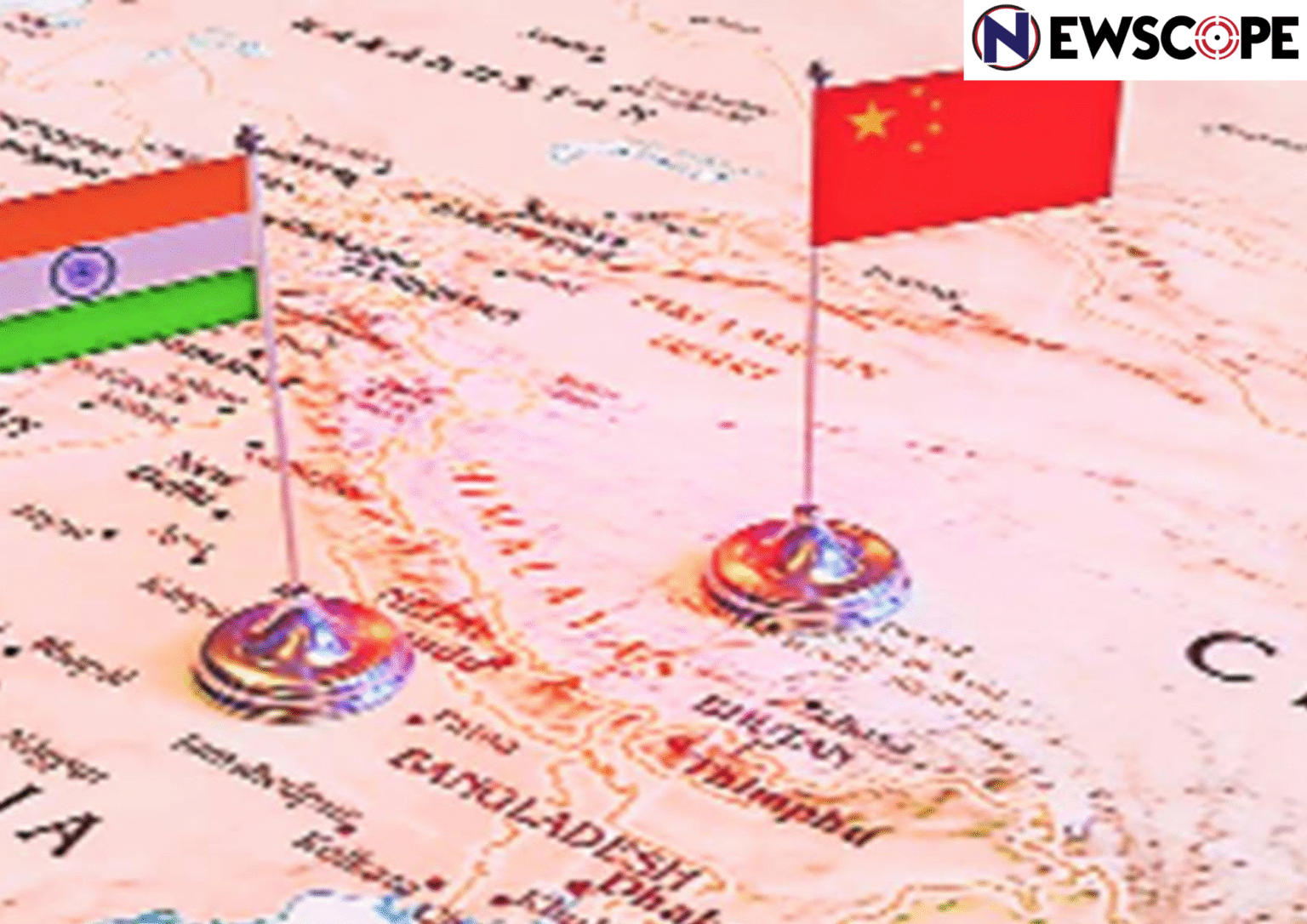India beginning to issue tourist visas to Chinese nationals after a gap of five years is much more than a bureaucratic gesture. It is a diplomatic signal to improve relations.
Suspension of visa was a firm political statement. Resumption of its issuance. But diplomatic signals have changed in tone following its resumption.
Reading between the lines, it appears to be a dividend of a meeting between Prime Minister Narendra Modi and Chinese Premier Xi Jinping at Kazan last October and an agreement to restore ties. At the same time, the fact that the wounds of Galwan have not healed is not to be lost sight of.
External Affairs Minister, S. Jaishankar also travelled to China and met his Chinese counterpart Wang Yi. He also called on Chinese President Xi Jinping and Vice-President Hang Zheng before attending the Shanghai Cooperation Organisation (SCO) Council for foreign ministers.
Referring to the issue of visa-issuance, Chinese Ministry of External Affairs reacted by stating that Beijing had taken note of the “positive move”. Easing cross border travel is widely beneficial and China will maintain communication and consultation with India to further facilitate travel between the two countries, it was stated.
The opening of the visa window suggests that both the countries are testing the water of reconciliation post Galwan clashes. But the process is slow and marked by caution.
Galwan hostilities triggered a freeze in trade dynamics, investment flow and people to people contact. Apart from visa services being suspended, Chinese apps were banned while investments were scrutinised.
Yet over the last year, diplomatic signals changed in tone. Leaders met behind closed doors on the sidelines of global summits.
Reopening of the visa services is a cautious reward of these engagements. It is tentative and reversible but deliberate.
Resuming issuance of tourist visas by India marks restart of civilian movement. It is a pointer to the fact that both the Asian giants see value in reducing the psychological and cultural freeze that enveloped bilateral relations in the wake of Galwan.
Stabilising the bilateral relations through measures like restoring travel links make strategic sense. After all, China is facing tension with the West while India in the emergence process of a global power remains aware of the risk of a two front scenario.
Tourism may be peripheral in geo-politics. But it’s symbolism matters.
A tourist visa is an invitation. It is a sign of fraternising in social and international context.
It helps a visitor from a foreign land to engage, observe and understand and relay his/her impression on return. Thus a visa is more than a visit.
At first, the uptake may be slow and the tourist traffic modest. Yet the visits from across the border help create softer narratives between two countries locked in hardline posturing.
The announcement of visa resumption has been announced in Chinese social media. It came out before a key defence summit.
This is an indication of a readiness to turn a page. The coming months will be looked forward to.
Perhaps there will be resumption of flights and cultural exchanges. A more relaxed investment may follow.
The issuance of tourist visas by India to Chinese nationals cannot be called a breakthrough. It is a test of mutual restraint.
Diplomacy is at work and it’s outcome is unlikely to come out in a flash. A not too big beginning has been made but even small openings matter as part of a large process of restoring bilateral relations. .



